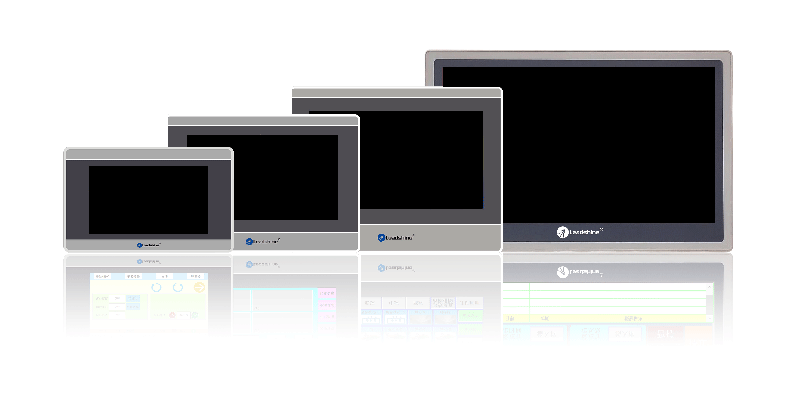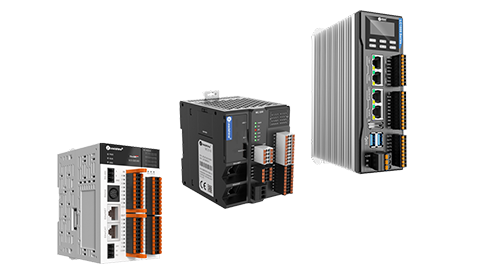
In today’s rapidly advancing technological landscape, human-machine interface (HMI) touchscreens have become an integral part of our daily lives. These interactive displays allow users to effortlessly interact with various devices, from smartphones to industrial control systems. In this article, we will explore the evolution of hmi touchscreen technology and delve into the significance of standardization and compliance in ensuring their seamless integration.
The Rise of HMI Touchscreen Technology

HMI touchscreens have revolutionized the way we interact with machines by providing a user-friendly interface that simplifies complex operations. With just a few taps or swipes on a screen, individuals can control diverse functions such as adjusting temperature settings in smart homes or operating sophisticated machinery in manufacturing plants.
These touch-sensitive displays have come a long way since their inception. Initially used primarily in consumer electronics like smartphones and tablets, they quickly found their way into industrial applications due to their intuitive nature and ease-of-use.
Leadshine: Pioneering Innovation
One company at the forefront of developing cutting-edge HMI touchscreen solutions is Leadshine. With years of expertise in motion control technology, Leadshine has successfully integrated advanced touch panel technologies into its products.
By leveraging capacitive touchscreens that respond to even the slightest finger movements, Leadshine’s HMIs offer enhanced precision and responsiveness. This enables operators to efficiently navigate through menus, monitor real-time data, and make informed decisions swiftly.
Industrial Controls Solutions: Streamlining Operations
To meet industry-specific requirements for automation processes across sectors such as manufacturing, energy management, and transportation systems – companies like industrial controls solutions play a vital role.
Their comprehensive range of HMI touchscreen solutions is designed to optimize efficiency, improve productivity, and ensure seamless integration with existing control systems. These robust displays are built to withstand harsh environments while providing a user-friendly interface that simplifies complex operations.
Moreover, Industrial Controls Solutions’ commitment to standardization and compliance ensures compatibility with various protocols and industry standards. This allows for easy integration into diverse automation ecosystems without compromising on safety or performance.
The Importance of Standardization and Compliance
Standardization plays a crucial role in the widespread adoption of HMI touchscreens across industries. By adhering to established guidelines, manufacturers can ensure interoperability between different devices and systems.
Compliance with industry standards not only guarantees seamless communication but also enhances cybersecurity measures. With cyber threats becoming increasingly prevalent, it is imperative that HMI touchscreens meet stringent security requirements to safeguard sensitive data from potential breaches.
In conclusion, the evolution of HMI touchscreen technology has revolutionized human-machine interaction across various sectors. Companies like Leadshine and Industrial Controls Solutions have played significant roles in advancing this technology by developing innovative solutions tailored for specific industrial needs. Moreover, adherence to standardization and compliance ensures compatibility, interoperability, and enhanced security within automation ecosystems – making HMI touchscreens an indispensable component of our modern world.
